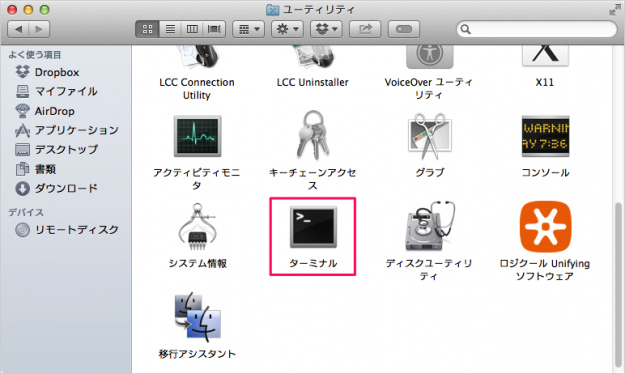

- #MACPORTS INSTALL PACKAGE SOFTWARE#
- #MACPORTS INSTALL PACKAGE CODE#
- #MACPORTS INSTALL PACKAGE DOWNLOAD#
- #MACPORTS INSTALL PACKAGE FREE#
'graphviz-gui' is recommended unless you know that you have a need for the development version. MacPorts can provide you with either graphical or command-line based versions of either a 'stable' or 'development' release of Graphviz.

You may wish to install Graphviz to handle some of the graphical reports that Gramps can produce.
#MACPORTS INSTALL PACKAGE SOFTWARE#
If you are running a recent version of macOS / OS X (Snow Leopard, or later, at this point), much of the support software is pre-compiled and will install as quickly as it is downloaded. Open Terminal.app from /Applications/Utilities and enter these commands:.
#MACPORTS INSTALL PACKAGE DOWNLOAD#
Download and install the latest Xcode tools from.If you are using one of those products, please retest in plain Wine before filing bugs, submitting AppDB test reports, or asking for help on the forum or in IRC.Gramps version available from MacPorts is: 5.1.5 ( ) Third party versions of Wine, such as Wineskin, Winebottler, and PlayOnMac, are not supported by WineHQ. There is no need to set DYLD_* environment variables all paths are relative, so it should work as long as the directory structure is preserved (you can skip the /usr prefix though using -strip-components 1). To install from a tarball archive, simply unpack it into any directory. For user convenience, the package also associates itself with all *.exe files, which means you can run windows executables just by double-clicking on them. from the Terminal, as the PATH variable is set correctly. You can now directly start wine/winecfg/. By clicking on it, a new Terminal window opens with a short introduction into some important wine commands. After the installation is finished, you should find an entry "Wine Staging" or "Wine Devel" in your Launchpad. It is possible to install the package either for all users (needs administrator privileges), or just for your current user. pkg file, double-click on the package, and the usual macOS installer wizard should open. pkg file is recommended for inexperienced users. pkg files and tarball archives are available at. Gatekeeper must not be set to block unsigned packages.īoth.Note that work is being done to convert core modules of WINE to PE format which will allow WINE to work on newer versions of macOS in the future. Please test these packages and report any bugs at. Official WineHQ packages of the development and stable branches are available for macOS 10.8 to 10.14 (Wine won't work on macOS Catalina 10.15 as 32-bit x86 support is required). Note: Files in this directory are unused on macOS unless you use a UNIX window manager and other X11 applications instead of the native MacOS apps.
#MACPORTS INSTALL PACKAGE FREE#
#MACPORTS INSTALL PACKAGE CODE#
Then simply delete your local Wine source code directory: Otherwise and if you used `sudo make install`, revert it: Replace wine with wine-devel if you installed the development version. Sudo port uninstall -follow-dependencies wine Using MacPorts, uninstall the wine package you previously installed: See Building Wine on macOS Uninstalling Wineīrew uninstall -cask (selected wine package) The -no-quarantine line is to avoid brew adding the quarantine flag. The advantage of installing via homebrew means wine is available from a standard terminal session which python To start the mac ports version use /opt/local/bin. To see what version will be executed when just typing python use. When just typing python to start, it will start the preinstalled python version not affected by MacPorts install. There is also a preinstalled python on your Mac. Wine-stable, wine-devel or wine-staging packages can be installed using the above example. MacPorts installs binaries into /opt/local by default. To install wine the following command can be used īrew install -cask -no-quarantine (selected wine package) Winehq packages can be installed using homebrew Translations of this page: Français (Translators, please see Discussion page.)


 0 kommentar(er)
0 kommentar(er)
